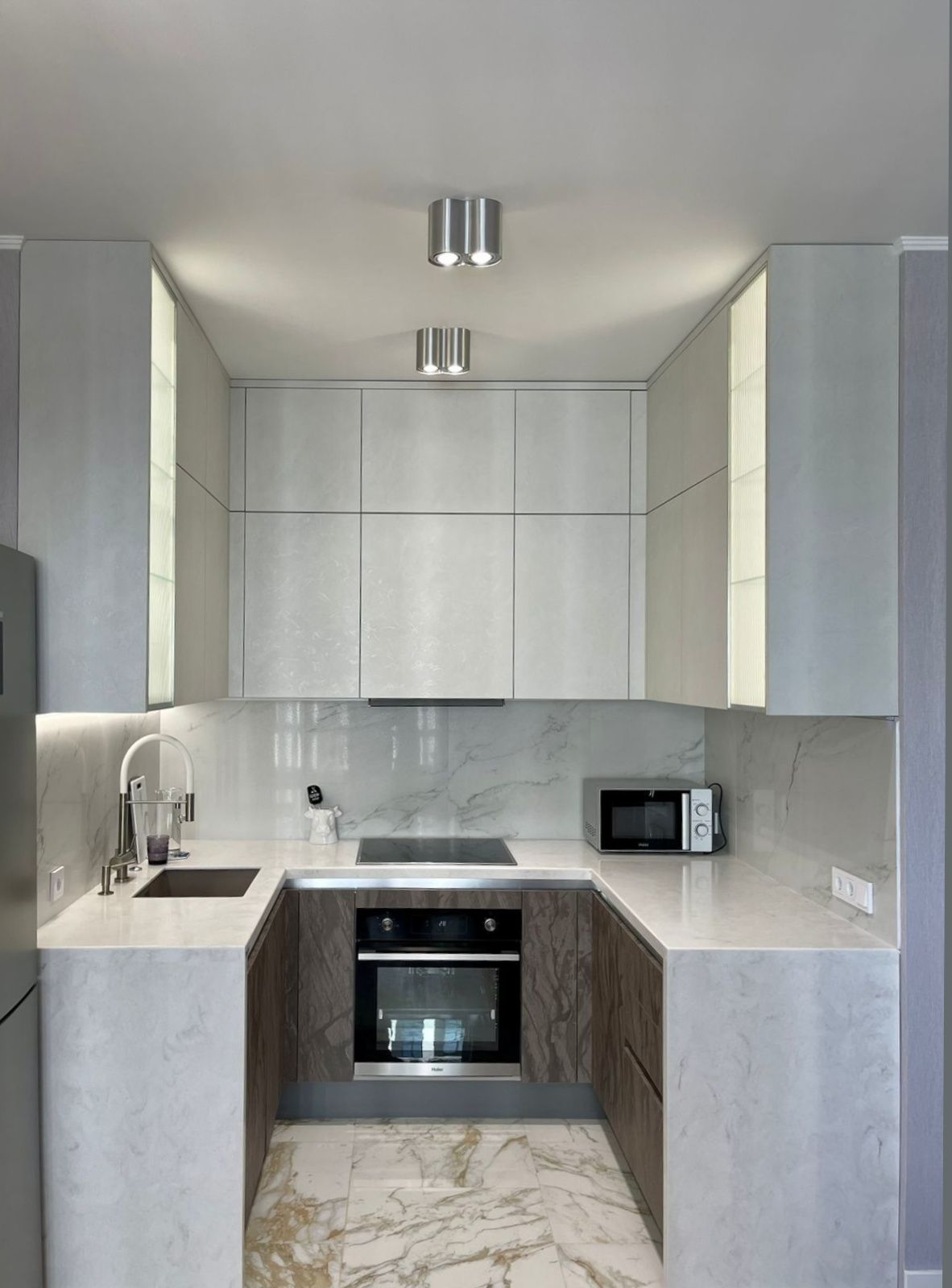
Introduction to Redefining Culinary Spaces
The kitchen, once a purely functional space for meal preparation, has evolved into a central hub for entertainment, creativity, and comfort in the home. As we continue to spend more time in our culinary spaces, there is a growing movement to redefine and upgrade these areas to suit our modern lifestyles. This transformation is not just about the latest appliances and gadgets; it's about creating a space that reflects personal style, encourages culinary exploration, and fosters social connection.
The Rise of the Smart Kitchen
Technology has made its way into the kitchen in a significant manner, giving rise to the 'smart kitchen'. With the integration of smart appliances and IoT (Internet of Things) gadgets, homeowners can now enjoy a level of convenience and efficiency that was once the stuff of science fiction. From refrigerators that can track expiration dates and create shopping lists to ovens that can be controlled remotely, the smart kitchen is all about making cooking and managing the kitchen an effortless experience.
Designing for Experience and Interaction
Beyond technology, there's an increasing focus on the design and layout of culinary spaces to facilitate experiences and interactions. Open-concept kitchens that flow into dining and living areas are becoming more popular, as they allow the cook to interact with guests and family members while preparing meals. This layout also supports a more social and inclusive approach to cooking, inviting everyone to participate in the culinary process.
Material and Color Trends in Modern Kitchens
When redefining culinary spaces, materials and color palettes play an integral role. The use of high-quality, durable surfaces such as quartz or granite countertops are as aesthetically pleasing as they are functional. Cabinet colors and styles set the tone for the kitchen's ambiance, with trends shifting towards a mix of classic neutrals and bold statement colors that reflect the homeowner's personality and design preferences.
Sustainability at the Heart of Kitchen Upgrades
As environmental concern grows, sustainability has become a key component in redefining culinary spaces. This includes opting for eco-friendly materials, energy-efficient appliances, and designing spaces that maximize natural light to reduce electricity usage. Sustainable kitchens not only contribute to a healthier planet but also result in cost savings in the long run.
Organizational Features for a Functional Space
Organization is key to a functional culinary space, and upgrading your kitchen often involves incorporating innovative storage solutions. Customizable drawers, pull-out cabinets, and clever use of vertical space can help keep countertops clear and ensure that everything has its place. Well-organized kitchens not only look better but also make cooking and cleaning more efficient and enjoyable.
Ergonomics: Prioritizing Comfort and Efficiency
Ergonomics plays a critical role in the design of a modern kitchen. Ensuring that appliances, storage, and workspaces are accessible and at the right height can greatly increase comfort and reduce the risk of injury. Redefining your culinary space includes considering how you move and operate within it, leading to a more pleasurable cooking experience.
Conclusion: Crafting Your Dream Culinary Space
Redefining your culinary space is a journey that blends technology, design, and personalization to create a kitchen that not only looks beautiful but also meets the evolving needs of your lifestyle. As we continue to explore and redefine what a kitchen can be, the possibilities are endless. It's time to embrace the opportunity to upgrade your culinary space and craft the dream kitchen that will serve as the heart of your home for years to come.